-
Home
-
Contributors
-
International
-
Account
-
Information
More From Contributor
- loading applications browsing the Web or editing a spreadsheet
- the speed & amount of memory in your system plays a critical role. Load apps in seconds by increasing the speed of your memory & installing more of it. Multitask with ease If youre like us you use your computer to do a lot of things at once. You might be editing a document while also looking at pictures & browsing the Internet. This naturally leads to a performance problem every app youre running requires memory & competes for a limited pool of resources. Overcome this by installing high-density modules in each memory slot for seamless multitasking. Install with ease
- no computer skills required With just a screwdriver your owners manual & a few minutes of time you can install memory
- no computer skills necessary. Just watch one of our three-minute install videos & well walk you step-by-step through the process. Dont pay a computer shop to do something you can do in minutes! Maximize the value of your system At a fraction of the cost of a new system a memory upgrade is one of the most affordable ways to increase performance. Get more out of your laptop by giving it the resources it needs to perform. Micron© quality
- a higher level of reliability. As a brand of Micron one of the largest memory manufacturers in the world Crucial laptop Memory is the standard for reliable performance. From the original SDRAM technology all the way to DDR4 weve engineered the memory technologies that have powered the worlds computers for 40 years & counting. When you choose Crucial memory youre choosing memory thats backed by a limited lifetime warranty & designed for the worlds leading systems. Dont settle for anything less.. ...
Includes:: upgrades for more than 100000 systems we‚ve got one specifically designed for your Mac system.. ...
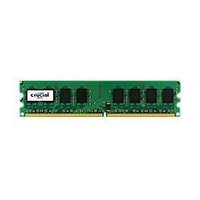
Crucial 4GB 1866MHz DDR3L Non-ECC DIMM Desktop Memory
available in PC3-8500 (DDR3 1066MHz) and PC3-10600 (DDR3 1333MHz) speeds. Additional speeds will be added as the technology becomes available.To use DDR3 memory your system motherboard must have 240-pin DIMM slots and a DDR3-enabled chipset. This is because a DDR3 SDRAM DIMM will not fit into a standard DDR2 DIMM socket or a DDR DIMM socket.The number of black components on a 240-pin DIMM can vary but it always has 120 pins on the front and 120 pins on the back for a total of 240. 240-pin DIMMs are approximately 5.25 inches long and 1.18 inches high though the heights can vary. While 240-pin DDR3 DIMMS 240-pin DDR2 DIMMs 184-pin DDR DIMMs and 168-pin DIMMs are approximately the same size 240-pin DIMMs and 184-pin DIMMs have only one notch within the row of pins..
This page now acts as a permanent archive for this product. Add more information using the comments box below to ensure it can still be found by future generations.
Use our search facility to see if it is available from an alternative contributor.
- External links may include paid for promotion
- Availability: Out Of Stock
- Supplier: Laptops Direct
- SKU: CT51264BD186DJ
Product Description
. Crucial 240-pin DIMMs are used in DDR3 memory for desktop computers. DDR3 is the latest generation of memory with an enhanced architecture that allows it to transmit data more quickly.A dual inline memory module (DIMM) consists of a number of memory components (usually black) that are attached to a printed circuit board (usually green). The gold pins on the bottom of the DIMM provide a connection between the module & a socket on a larger printed circuit board. The pins on the front & back of a DIMM are not connected to each other. Each 240-pin DIMM provides a 64-bit data path (72-bit for ECC or registered or Fully Buffered modules). (The Ballistix™ & Ballistix Tracer™ high-performance memory do not come in 72-bit or registered modules.) Standard DDR3 240-pin DIMMs are currently available in PC3-8500 (DDR3 1066 M Hz) & PC3-10600 (DDR3 1333 M Hz) speeds. Additional speeds will be added as the technology becomes available. To use DDR3 memory your system motherboard must have 240-pin DIMM slots & a DDR3-enabled chipset. This is because a DDR3 SDRAM DIMM will not fit into a standard DDR2 DIMM socket or a DDR DIMM socket. The number of black components on a 240-pin DIMM can vary but it always has 120 pins on the front & 120 pins on the back for a total of 240. 240-pin DIMMs are Approx. 5.25 inches long & 1.18 inches high though the heights can vary. While 240-pin DDR3 DIMMS 240-pin DDR2 DIMMs 184-pin DDR DIMMs & 168-pin DIMMs are Approx. the same size 240-pin DIMMs & 184-pin DIMMs have only one notch within the row of pins..


 United Kingdom
United Kingdom
 France
France
 Germany
Germany
 Netherlands
Netherlands
 Sweden
Sweden
 USA
USA
 Italy
Italy
 Spain
Spain

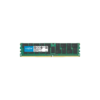
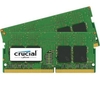


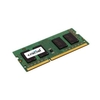

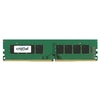



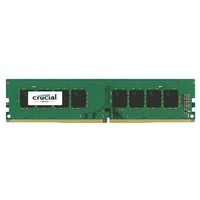
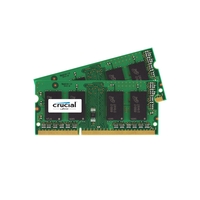
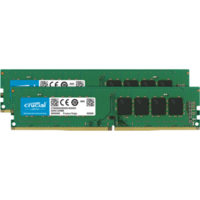


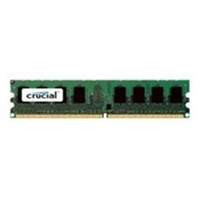


 Denmark
Denmark